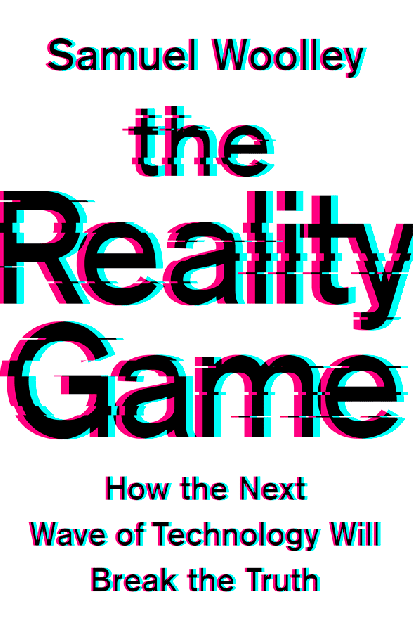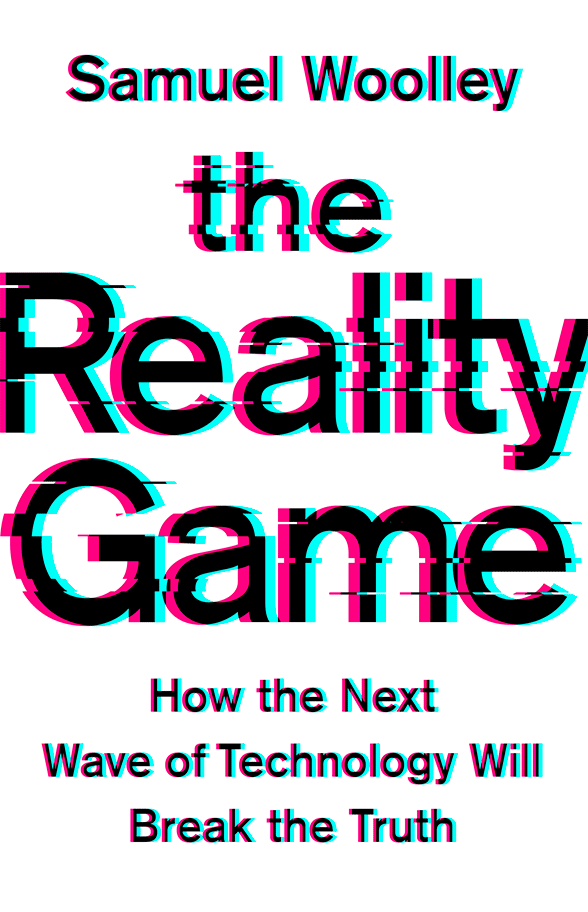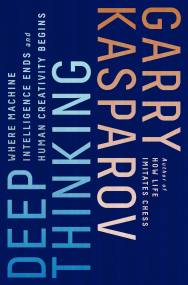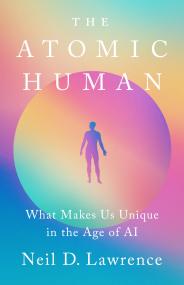Promotion
Use code BEST25 for 25% off storewide. Make sure to order by 11:59am, 12/12 for holiday delivery!
By clicking “Accept,” you agree to the use of cookies and similar technologies on your device as set forth in our Cookie Policy and our Privacy Policy. Please note that certain cookies are essential for this website to function properly and do not require user consent to be deployed.
The Reality Game
How the Next Wave of Technology Will Break the Truth
Contributors
Formats and Prices
- On Sale
- Jan 7, 2020
- Page Count
- 272 pages
- Publisher
- PublicAffairs
- ISBN-13
- 9781541768253
Price
$28.00Price
$35.00 CADFormat
Format:
- Hardcover $28.00 $35.00 CAD
- ebook $17.99 $22.99 CAD
- Audiobook Download (Unabridged)
This item is a preorder. Your payment method will be charged immediately, and the product is expected to ship on or around January 7, 2020. This date is subject to change due to shipping delays beyond our control.
Buy from Other Retailers:
-
"What makes 'The Reality Game' worth a read is Woolley's focus on the upcoming wave of new technologies; arguable deep fakes; virtual reality, and machine learning."Engineering and Technology
-
"A well-informed cautionary tale on alarming issues that show no signs of abating as disinformation continues to proliferate."Kirkus Reviews
-
"While the rest of us have been processing our shock at the fake news crisis, Sam Woolley has been anticipating what's coming next. This a mind-blowing and essential book for a future that's practically already here, whether we know it or not. This book scares the hell out of me, but if we listen to Woolley's wake-up call, then I also have hope."Jane McGonigal, author of Reality is Broken: Why Games Make Us Better and How They Can Change the World
-
Long before most of the world had ever heard the terms 'disinformation,' 'trolls,' 'bots,' or 'fake news,' Sam Woolley had begun to systematically study these new, destructive forces eroding democracy in the digital age. The Reality Game synthesizes his deep and original knowledge on this subject into a readable and compelling book. Scholars of computational propaganda, policymakers in Washington, Brussels, and the Silicon Valley, as well as all citizens of the world concerned about truth, facts, and democracy must read this book.Michael McFaul, Professor of Political Science at Stanford University and former US ambassador to Russia
-
"This is a crucial book for understanding online misinformation, disinformation, and outright propaganda. Like a good doctor, Sam Woolley has given us an excellent diagnosis of this problem and laid out a treatment plan. Now it's up to politicians and the public to heed his timely advice."Tim O'Reilly, founder and CEO of O'Reilly Media
Newsletter Signup
By clicking ‘Sign Up,’ I acknowledge that I have read and agree to Hachette Book Group’s Privacy Policy and Terms of Use







